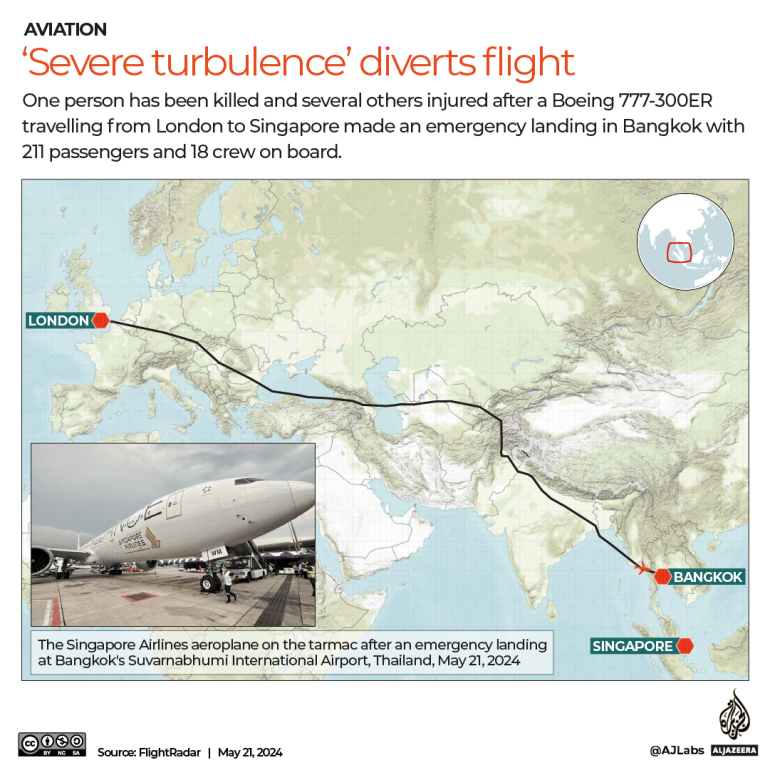Chances are, even if you aren’t a scientist, you’ve most likely heard of the scientific method. Formalised in the 16th century by English philosopher Francis Bacon, the scientific method provides an organised way to generate new knowledge through a careful process of observation, experimentation and analysis.
However, while the scientific method works wonders in controlled laboratory environments, the outside world involves situations with many unknowns or where the interests of multiple stakeholders must be deftly balanced. As such, more creative strategies are often required.
In our increasingly volatile, uncertain, complex and ambiguous (VUCA) world, approaches that draw upon the principles pioneered by creatives such as design thinking have surged in popularity. By emphasising the needs of end-users and rapidly iterating based on their feedback, approaches like design thinking and design sprints offer a clearer pathway towards practical solutions for complex challenges.
As the architects of Singapore’s digital future, we at the Infocomm Media Development Authority (IMDA) often have to tackle head-on the challenges that come with successfully developing and deploying emerging, frontier technologies across various sectors. With the ongoing nationwide rollout of 5G, here is how we are employing design principles to bring the benefits of 5G to individuals and enterprises.
Start with a dream
In the realm of design, there are two enduring schools of thought: the first being a top-down approach, driven by an audacious vision, and the consumer-centric, bottom-up approach that people are more familiar with. While neither are mutually exclusive, the vision-first approach propelled IMDA to initially explore the possibilities of 5G.
After all, a world-class digital infrastructure is the backbone of the Digital Economy. Because of this, Singapore has invested heavily in ensuring that our digital infrastructure is fit-for-purpose and future-proof to tackle the challenges and seize the opportunities of tomorrow.
With its reliability, low latency and ultrafast speeds, we quickly identified 5G as the key enabler for Singapore’s growing digital economy. To lay the foundations for the country’s 5G future, in 2019 IMDA set aside S$40 million with the aim to develop a vibrant and innovative ecosystem that will facilitate the deployment of 5G networks to tap into the technology’s fullest potential.
We have since identified six strategic clusters which we believe will generate the most value for Singapore and have the greatest exportability potential for the global ecosystem—namely, maritime operations; urban mobility; smart estates; Industry 4.0; Government applications; and consumer applications— aiming to be a global frontrunner in exporting innovation and impactful use cases for these clusters.
Designing ideas
With a firm vision of a 5G future in place, we are now evaluating the feasibility of this future by embarking on seven trials across diverse use cases.
For instance, M1 and Singtel are testing the application of 5G to automated guided vehicles (AGV) and automated rubber tyred gantry cranes (aRTG) at Pasir Panjang Terminal. Currently, four out of 30 driverless AGVs in the terminal rely on 5G to seamlessly move cargo, with the close-to-immediate response enabled by the technology’s one millisecond latency and 20 Gbps speeds.
Given the success of the trial’s first phase, which has been ongoing since 2019, the PSA Singapore hopes to one day operate over 2,000 5G-powered AGVs in the upcoming Tuas Megaport. 5G’s capacity represents a significant step up from 4G, which can only operate up to 400 AGVs at a given time.
IMDA is supporting other use cases, including one by M1, Continental Automotive Singapore and JTC to trial autonomous mobile robots for last-mile food delivery and enhanced construction safety analytics. These trials, which are being carried out at the Jurong Innovation District, will help us validate the vision of 5G we had put forth as well as further refine the use cases through iteration and feedback.
Delivering the future
Of course, the 5G’s benefits aren’t just limited to the use cases currently being explored. To ultimately ensure value across the whole ecosystem, it is crucial to make the technology accessible to everyone in Singapore. Accordingly, we are forging ahead with the nationwide rollout of 5G Standalone networks—which is set to provide coverage for half of the country by end-2022 and be completed by 2025.
With the continuing nationwide rollout, we are lowering the barriers to entry for 5G through our new S$30 million fund. By encouraging companies, especially SMEs, to adopt the technology and supporting 5G solution providers in turn, IMDA hopes to kickstart a thriving 5G ecosystem—where individuals, workers and businesses can all reap its value.
Much like our previous trials, however, our efforts for adoption and commercialisation continue to be focused on areas with the greatest impact for Singapore’s enterprises. For instance, 5G’s upgraded capacity can potentially support not just thousands of AGVs as in the maritime port trials, but also millions of devices connected to the Internet of Things (IoT) in industrial applications.
Given the complexity and scale of all these efforts, it is only through our top-down approach inspired by design principles that a smooth deployment has so far been possible. Beyond 5G, more emerging technologies are on the horizon for Singapore as our digital economy matures—and for now, there is an existing blueprint for development and rollout to follow.
To learn more about IMDA’s 5G efforts, check out the 5G Innovation Programme here.









